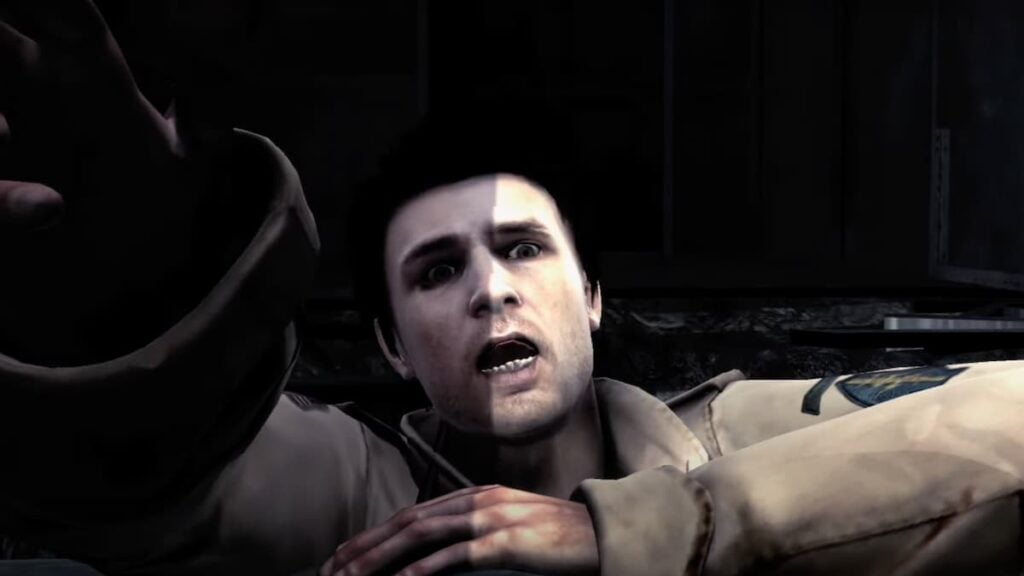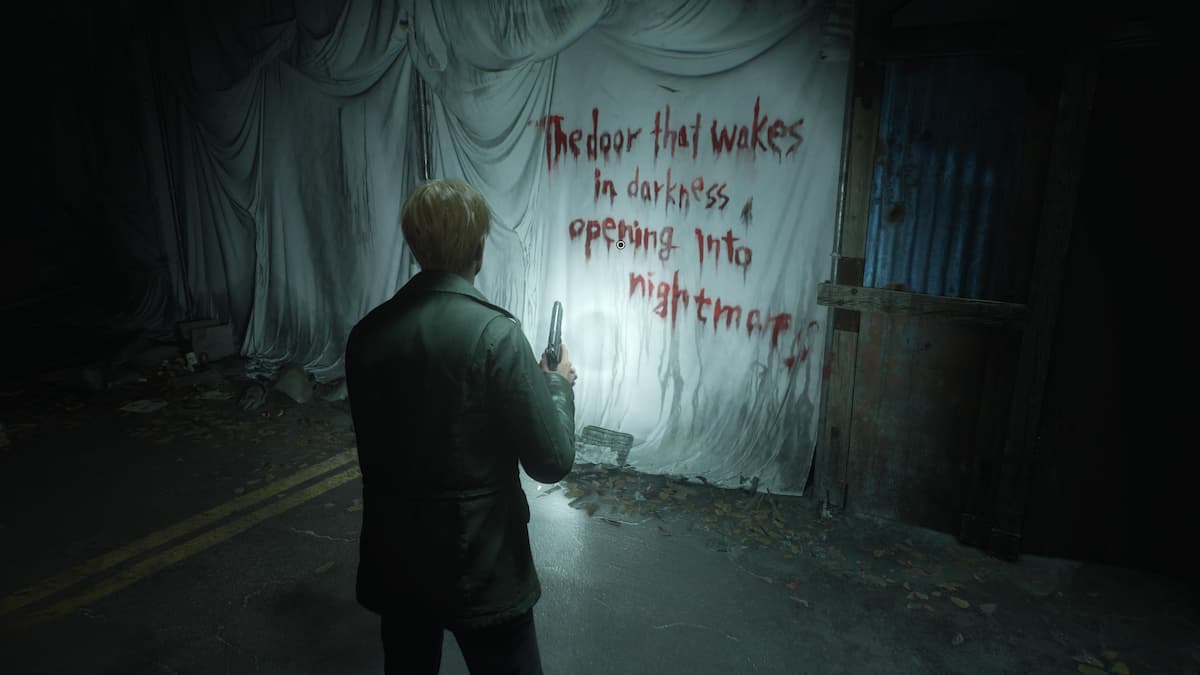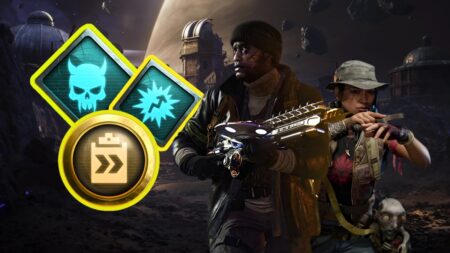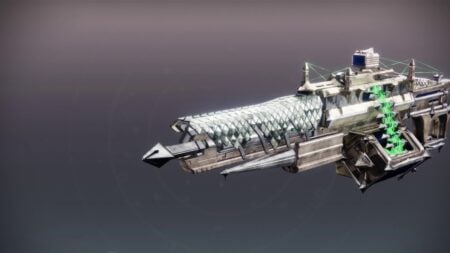If the Silent Hill series was boiled down to a simple family tree, Silent Hill: Homecoming would be the good-for-nothing waster who scuppered their chances at achieving anything meaningful with their life. Ironically, that metaphor fits hand-in-glove with the overarching theme of the narrative, as the protagonist you play as is essentially an “ugly duckling” outcast from his family. Yes, that may sound harsh. And, yes, in a weird way, I kind of relate to that “bad egg” syndrome on some level. But, the reality is this: most fans of Konami’s much-adored survival horror franchise have a really big bone to pick with Double Helix Games’ 2008 effort.
Now, with Bloober Team’s recent Silent Hill 2 remake taking the world by storm, I’m wading into the fog to show some support for one of the most underappreciated trips to Konami’s eerie lakeside town. Seriously, Silent Hill: Homecoming really wasn’t that bad. In fact, I’d actually go as far as declaring this: it’s the most underrated game in the entire series. And unfairly so, in my eyes.
Released over 16 years ago on PS3,
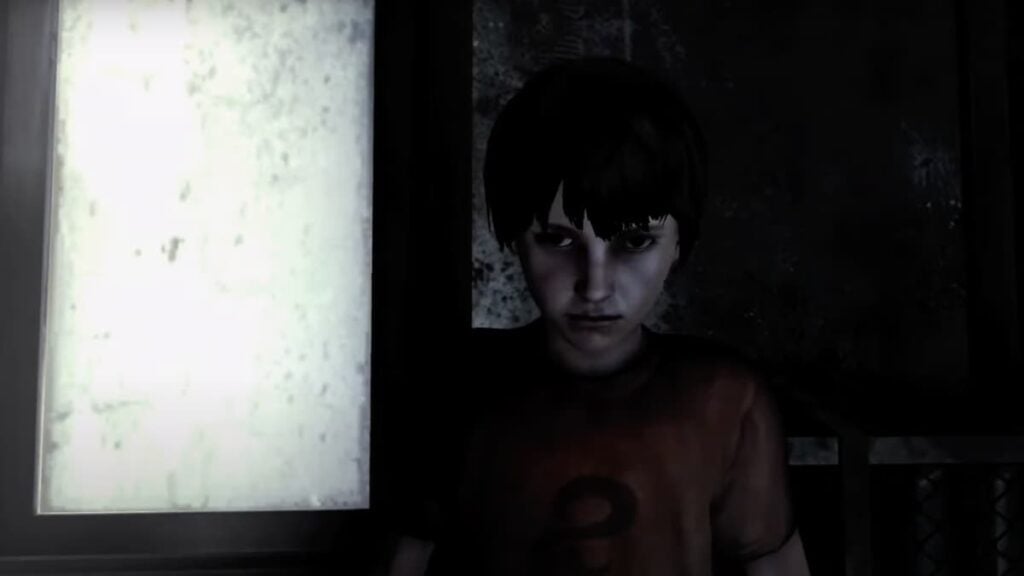
Specifically, many of the complaints took umbrage with the new, more action-focused direction and lamented the transition to a more Resident Evil 4-esque over-the-shoulder perspective. Add in a dodge mechanic that had never been implemented before, and you can begin to comprehend why the fanbase was a little indifferent to the fifth entry. But, wait a minute? Aren’t those aforementioned elements featured prominently in the critically acclaimed Silent Hill 2 remake, though? Like the fog at the heart of the eponymous town, the plot thickens!
For the unaware, Silent Hill: Homecoming sees players stepping into the well-trodden army boots of Alex Shepherd, a former Spec Ops soldier who has returned home after a stint in the military overseas. Upon his return, everything he remembers about the town he grew up in is suspiciously wrong. His brother Joshua has disappeared without a trace. His mother Lillian is catatonic and has seemingly lost her mind. On top of that, his father Adam has gone AWOL and is busy attempting to track down his “favorite” missing son. And, making matters worse, his hometown is now seemingly deserted and conspicuously enveloped in a thick fog.
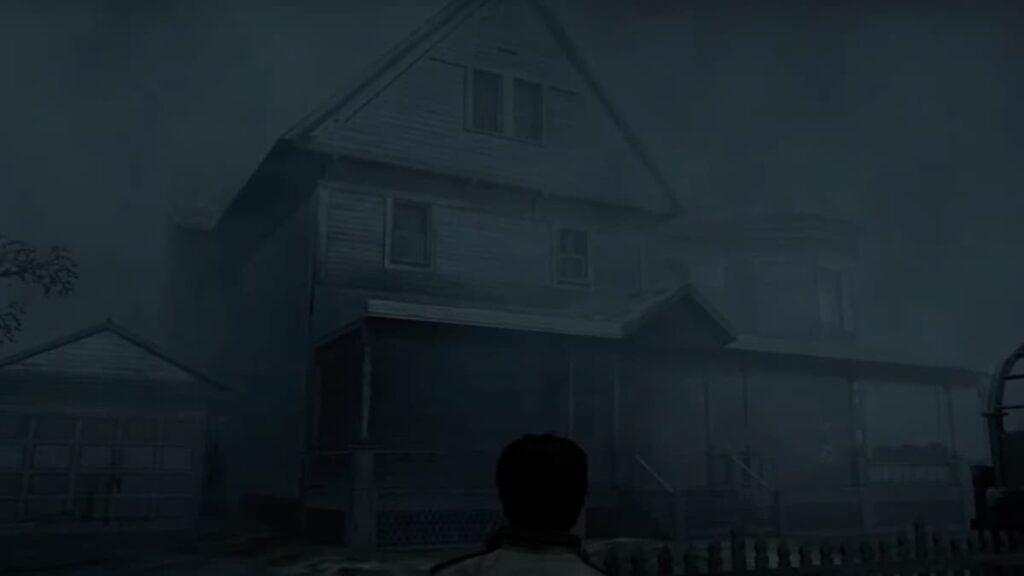
While the initial plot takes place in Shepherd’s Glen, a neighbouring town to Silent Hill, Alex’s search for his brother does lead him to the familiar streets of Konami’s dilapidated lakeside resort. Many of the series’ signature elements return, such as the recognisable hiss of the radio static when enemies close in, the emphasis on getting from A to B using a myriad of maps, and of course, the ominous presence of the creepy Otherworld brimming with nightmarish monstrosities attempting to rip you limb from limb.
Before getting into what I love about Homecoming, it’s important to note a few things that may’ve impacted its reception back in 2008. First of all, this was the first game to be outsourced to a Western developer. Prior to this fifth outing, Silent Hill had been developed by one of Konami’s in-house teams, colloquially dubbed “Team Silent.” This meant that for the first time, Silent Hill was being interpreted and crafted by a Western outfit, as opposed to a Japanese studio. Unfortunately, in fans’ eyes, this resulted in a feeling of inferiority to the original quartet of titles.
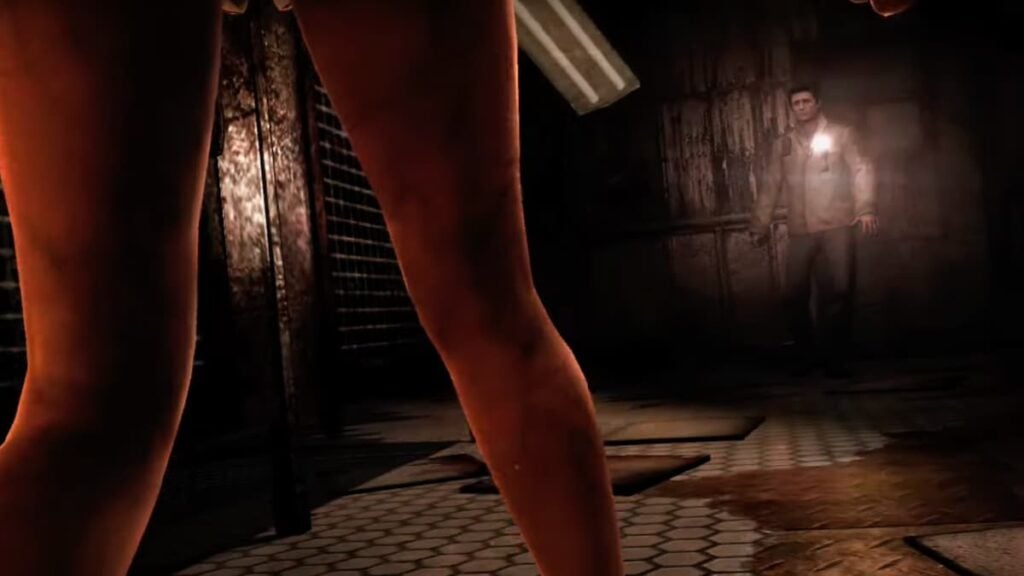
Furthermore, Homecoming had to contend with significant censorship issues over high levels of violence and gore, especially in the closing act, where Alex has to use a drill to protect himself from another character to get himself out of a sticky situation. (I’m trying to be deliberately vague to avoid story spoilers.) Not only did this impact the game in Australia, but the over-the-top violence drew so much criticism that Konami decided to forgo Homecoming‘s release in Japan, which is pretty bonkers when you think about it now.
Indeed, for those reasons, Homecoming always had an uphill struggle to gain any momentum and goodwill from the fanbase. However, the positives far outweighed the negatives, at least in my eyes. So, let’s reflect on what Homecoming did right.
This may sound hyperbolic, but Homecoming boasts some of the most creative and unnerving monster designs in the entire franchise. From the gigantic tree-like Sepulcher to the centipede-made-out-of-body-parts eeriness of Asphyxia to the giant spider doll that is Scarlet, the bosses in this fifth outing are absolutely magnificent.
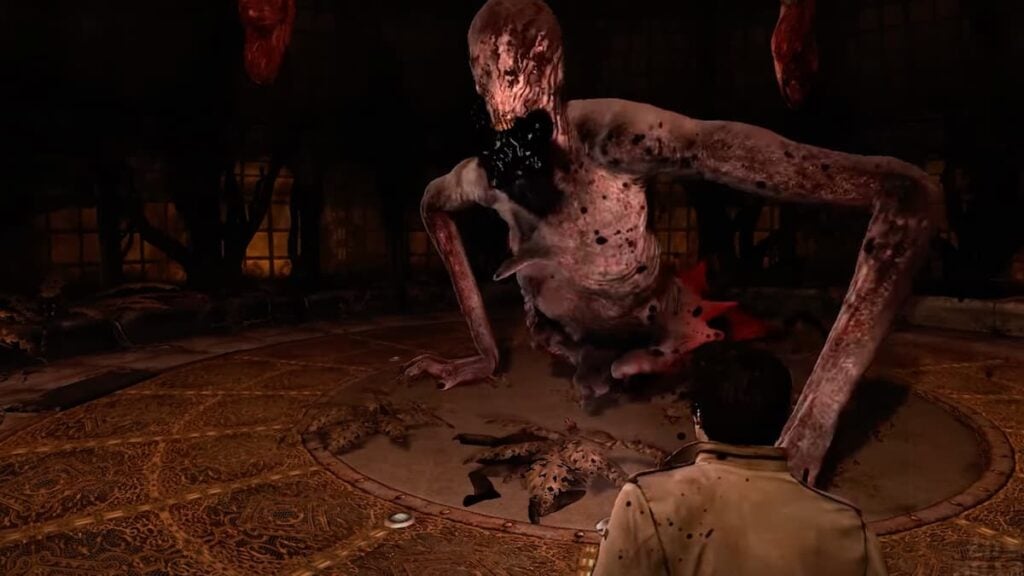
Meanwhile, regular adversaries also step up to the blood-drenched plate, with the faceless mermaid-esque Lurkers and the gangly humanoid beasts known as Schisms leading the gore-covered pack. Add in wee dynamic elements when Alex deals damage, such as bloody lacerations and shattered porcelain bone, and you not only have one of the more impressive enemy rosters in the franchise, but some seriously crunchy combat to boot.
Likewise, Akira Yamaoka’s hauntingly desolate soundscapes are incredibly on point, as expected. I’d actually argue that Homecoming has one of the best soundtracks in the Silent Hill franchise. One More Soul to the Call sees vocalist Mary Elizabeth McGlynn reunite with the revered audio maestro and is a sublime piece of hard-hitting emotional rock. Elsewhere, the touchingly poignant piano melody of The Terminal Show continues to live rent-free in my brain all these years later. As a franchise, both enemy designs and audio are critical elements to the dread-inducing formula, and Homecoming hits it out of the park on both of these fronts.
Further still, the familial narrative of Homecoming really hit, well… home for me. Its focused and personal story explores the broken and detached relationship between central protagonist Alex and his father, mother and brother. These unhealthy, disjointed relationships between his family are put under the microscope and make the title, in my eyes, one of the most relatable Silent Hill games I’ve ever experienced. Maybe I’m just the odd one out in my own family, so that likely explains why!
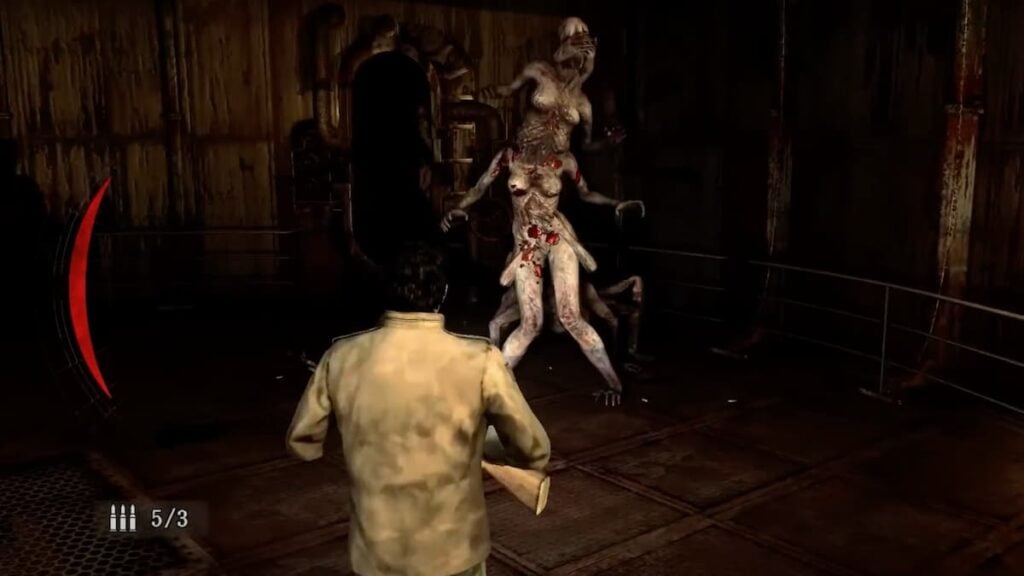
In addition, Double Helix Games did include some pretty cool little touches that can easily be missed. For instance, when you shine the torch on the iconic nurse enemies, you can sometimes see a dead foetus inside their stomach, which is a crazy cool touch. Plus, the trucker from Silent Hill: Origins, Travis Grady, is the driver giving Alex a lift at the beginning of the game.
Is Homecoming a perfect Silent Hill game? No, there’s definitely some areas that could’ve used a little more polish. A few unwelcome bugs — particularly in the PC version — rear their ugly head, and the dodge button is no where near as well executed as the recently released Silent Hill 2 remake. Still, there’s so much to appreciate in Homecoming, if you’re willing to get over some of these rougher edges, and it was quite ahead of its time when you stop and think about it.
With such an arresting atmosphere, memorable narrative, along with some of the most hideously gruesome monster designs imaginable, Silent Hill: Homecoming is easily the most criminally underrated title in Konami’s marquee horror franchise. And for all you naysayers out there, at least it’s no where near as bad as Silent Hill: Book of Memories, right?

